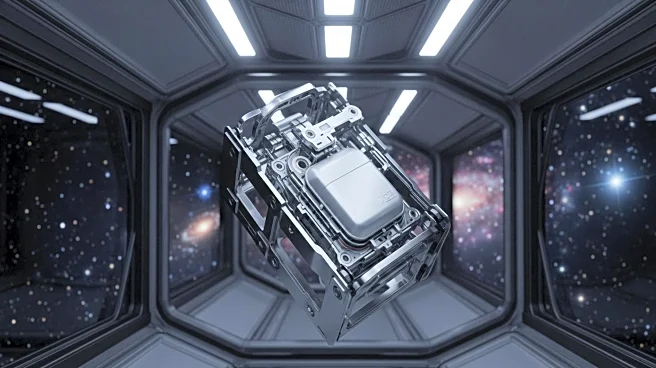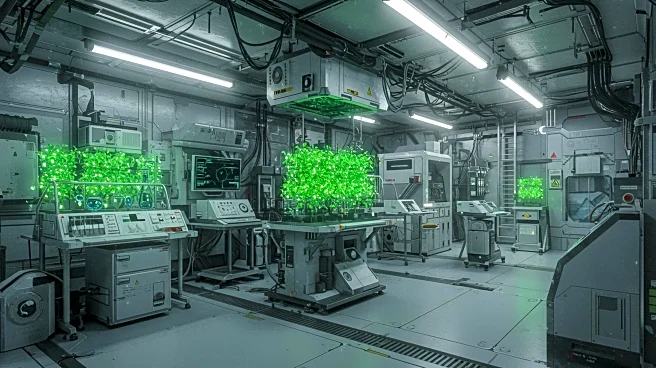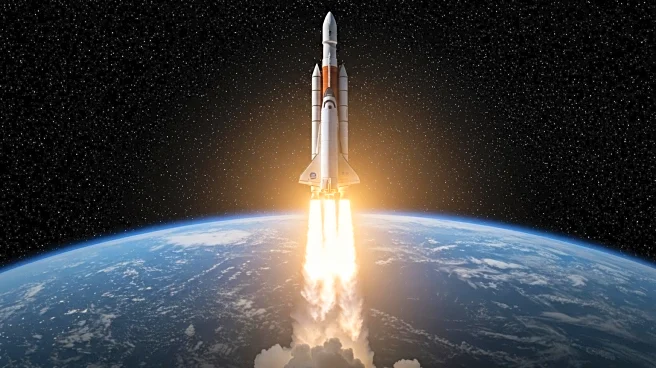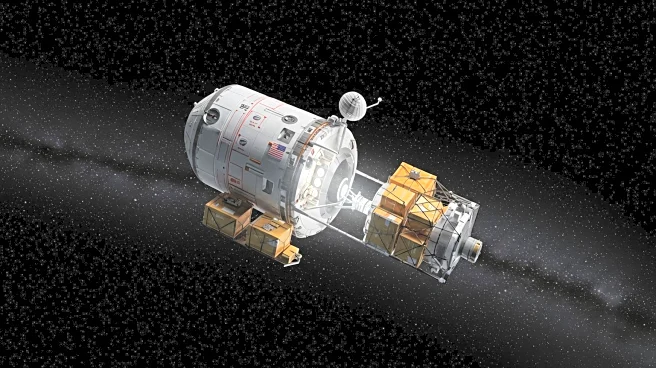What is the story about?
What's Happening?
Researchers at the University of Lorraine in France have proposed the use of mechanical chest compression machines to perform CPR in space, addressing the challenges posed by microgravity. Traditional CPR methods, which rely on the weight and strength of the rescuer, are ineffective in space due to the lack of gravity. Currently, NASA's protocol involves a complex maneuver where the rescuer performs a handstand on the patient's chest while pushing against the walls for compression. Tests conducted in simulated microgravity environments, such as parabolic flights, have shown that mechanical devices can achieve the necessary chest compression depth more effectively than manual methods. The best-performing device achieved a compression depth of 53 millimeters, surpassing the 50-millimeter minimum recommended by the European Resuscitation Council. These findings will be presented at the European Society of Cardiology Congress in Madrid.
Why It's Important?
The development of effective CPR methods for space is crucial as space travel becomes more common and accessible to a broader range of individuals, not just highly trained astronauts. The stress of space travel and long-term exposure to microgravity can increase the risk of cardiac incidents. Implementing mechanical CPR devices could significantly improve survival rates in such emergencies, ensuring the safety of astronauts on missions. This advancement could also influence future guidelines for medical emergencies in space, potentially setting a new standard for space health protocols. As the space industry grows, addressing health and safety challenges becomes increasingly important for the success and sustainability of long-term missions.
What's Next?
The research team hopes their findings will influence future guidelines for CPR in space, potentially leading to the adoption of mechanical devices as standard equipment on space missions. NASA and other space agencies may consider integrating these devices into their emergency protocols. Further research and testing in actual space environments could be conducted to validate the effectiveness of these devices. Additionally, as space tourism becomes a reality, private companies may also invest in such technologies to ensure the safety of their passengers.
Beyond the Headlines
The introduction of mechanical CPR devices in space raises questions about the broader implications for medical technology in extreme environments. This development could spur innovation in other areas of space medicine, such as automated health monitoring and remote medical interventions. It also highlights the need for comprehensive health and safety protocols as humanity ventures further into space, potentially paving the way for more advanced life-support systems in future space habitats.
AI Generated Content
Do you find this article useful?













